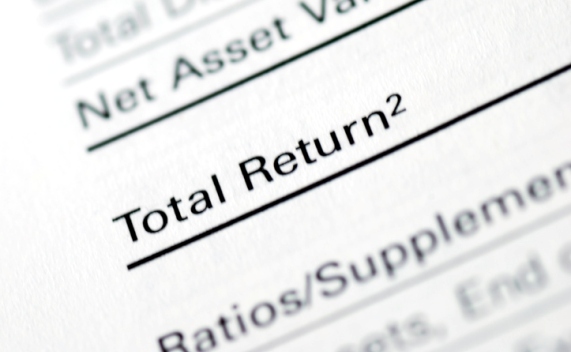Sales flourishing; meanwhile funds with upfront charges seeing mass exodus
Investors are shunning mutual funds that charge a load fee as the fixation with cost drives the sales of no-load mutual funds and index funds.
Net new cash purchases of mutual fund that charge a load fee, or a percentage of the sales price upfront, have been steadily declining since 2004. But over the past three years, they've fallen off a cliff, according to data from the Investment Company Institute, which is holding its annual general membership meeting this week in Washington, D.C.
Sales of load-bearing mutual funds peaked at $49 billion in 2004 but declined steadily until 2007, when sales totaled only $15 billion. That year, however, was the last one in which load-bearing mutuals were in the black. After the financial crisis net sales have turned negative, with the funds suffering withdrawals of $109 billion between 2009 and 2011.
Sales of no-load funds have flourished over the same three-year time period. From 2009 to 2011, no-load mutual funds have had net new cash purchases of $735 billion.
Investors' demand for leaner-and-meaner also has been apparent in expense ratios.
Equity funds, for example, have an average expense ratio of 1.44%; the median is 1.38%. But the asset-weighted average, which gives a larger weight to the biggest funds, shows that the average investor is paying only 0.8%, according to ICI.
Index funds also have greatly benefited from the shift to cost-conscious investing.
Assets in index funds, which have an average expense ratio of 0.13% grew to $1.1 trillion as of the end of 2011, from $170 billion in 1997.
The influx of assets into index funds has pushed down their average cost as well. The average equity index fund had an expense ratio of 0.27% in 1997. Today, it's less than half that.







